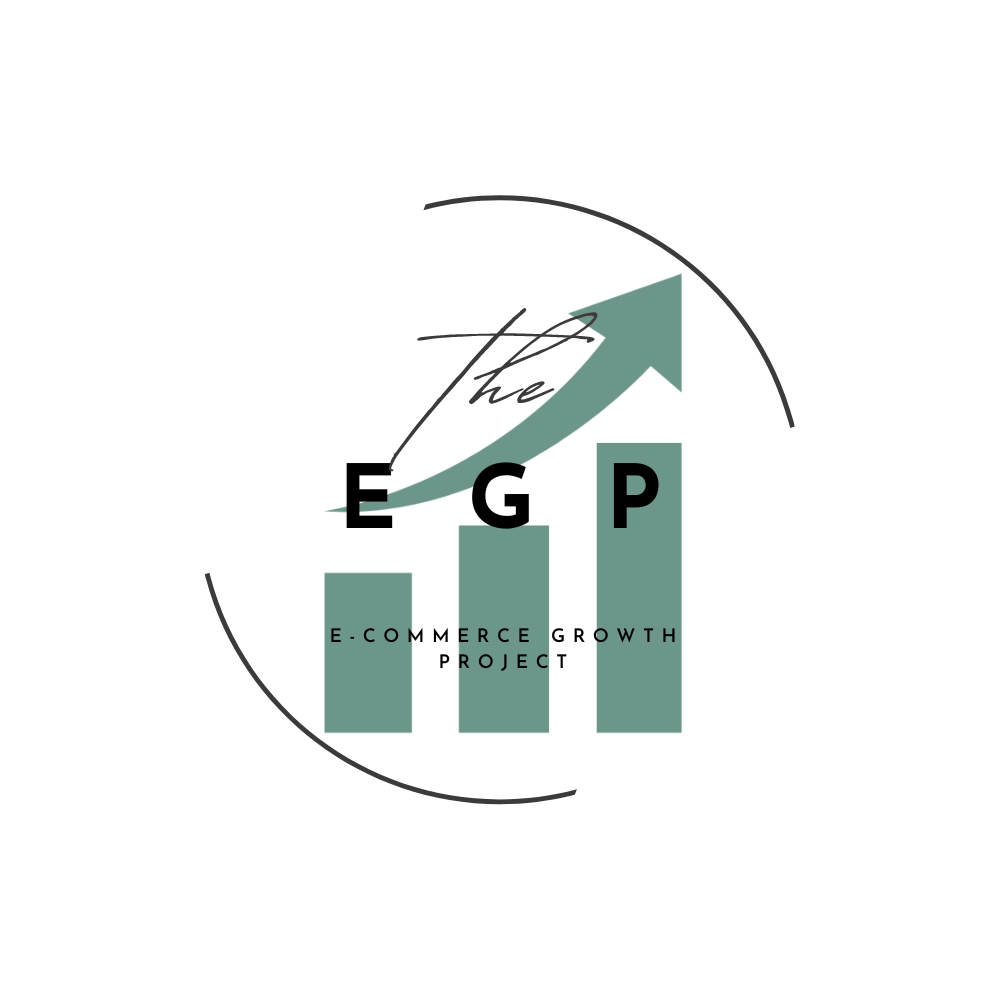Is your website navigation losing you money?
Website navigation plays a crucial role in the overall user experience and can impact conversion rates and sales.
Here are a few factors to consider when evaluating your website's navigation:
Clarity and Simplicity: Ensure that your website navigation is clear, intuitive, and easy to understand. Users should be able to find what they're looking for quickly and effortlessly. Avoid overly complex menus, excessive subcategories, or confusing terminology that may lead to frustration and abandonment. Think about what customer's would call your products rather than what these are named internally.
Consistency: Maintain consistency in your navigation across different pages of your website. Users should be able to rely on a consistent menu structure and placement to navigate seamlessly. Inconsistent navigation can confuse users and make it harder for them to find what they need. For example, keep the same template of sub categorisation across top level categories. This also applies to your approach to filters and refinement options.
Mobile-Fist Design: With majority of your users now interacting with your site on a mobile device, it's essential to have a responsive design that adapts well to different screen sizes. Optimize your website's navigation for mobile users first to ensure a smooth and user-friendly experience.
User Testing and Feedback: Conduct user testing or gather feedback from your website visitors to understand their experience with your navigation. Analyse metrics like bounce rates, rage clicks, time on page, and conversion rates to identify any issues or areas for improvement. Always view your site through your user, don’t forget you know your way round the website you work on every day and the pages you helped to create.
Clear Call-to-Action (CTA): Ensure that your navigation includes prominent and clear CTAs, guiding users toward important actions such as making a purchase, signing up for a newsletter, or contacting customer support. Well-placed and visually appealing CTAs can help improve conversion rates. Your navigation should always be geared towards conversion, so any categories that do not encourage your customer to convert should be removed.
Analytics and Data Analysis: Utilize web analytics tools to track user behaviour, such as heatmaps, click-through rates, and navigation flow. This data can provide insights into how users interact with your website's navigation and help identify any pain points or areas that need optimization. This doesn't need to come with huge investment and there a lot of affordable tools out there to get enough user data to make profitable changes to your navigation.
Remember that each website is unique, and the impact of navigation on your business may vary depending on your specific industry, target audience, and e-commerce goals. Regularly monitoring and analysing user behaviour and making data-driven improvements to your website's navigation can help enhance the user experience, leading to increased conversions and revenue.

